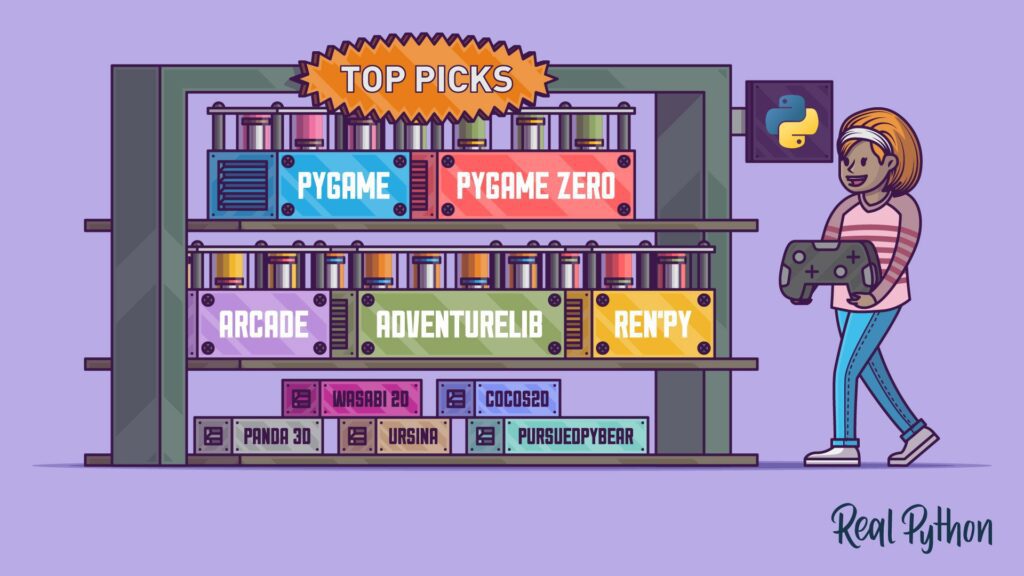Modern game development involves a complex blend of software and hardware tools. The article explains the various tools and technologies used in modern game development. Game engines like Unreal Engine, Unity, and CryEngine offer a range of features and functionalities like AI, physics engines, graphics rendering, and audio processing. Graphics APIs like DirectX and OpenGL allow game developers to interact with computer graphics hardware and render 3D graphics. Audio engines like Wwise and FMOD provide tools for creating rich, immersive audio experiences for games. Hardware tools like graphics cards, processors, and components provide the necessary computing power to run the game. Understanding these tools is essential for game development and gaming enthusiasts.
Game Engines and Beyond: Understanding Software and Hardware Tools Used in Modern Game Development
In the world of modern gaming, the development process has become an intricate and complex blend of software and hardware tools. From game engines to graphics cards, the creation of games today involves a wide range of technical knowledge and skill. This article aims to provide an overview of the various tools and technologies used in modern game development.
Game Engines
The game engine is the software framework that provides developers with the tools for creating a game. Some of the most widely used game engines today include Unreal Engine, Unity, and CryEngine. These game engines offer a range of features and functionalities, including AI, physics engines, graphics rendering, and audio processing, among other things.
Game engines come with a range of programming options, ranging from low-level coding with C++ to more accessible scripting languages like Python and Lua. Game developers can use these tools to create a wide range of games, from simple 2D puzzle games to complex open-world 3D games.
Graphics APIs
Graphic APIs or Application Programming Interfaces are software libraries that allow the game engine to interact with the computer’s graphics hardware. APIs like DirectX and OpenGL provide developers with access to the graphics card’s feature set, allowing them to render 3D graphics and apply visual effects in real-time.
These APIs provide game developers with a range of tools to optimize their games for different hardware specifications, ensuring that gamers have access to the best possible gaming experience on their devices. As hardware technology has advanced over the years, so have the graphics APIs, with newer versions offering more features and better performance.
Audio Engines
Audio engines are responsible for the production and management of sound effects, music, and other audio elements in the game. Engines like Wwise and FMOD provide game developers with a range of tools to create rich, immersive audio experiences for their games.
These tools allow developers to manipulate audio elements in real-time, incorporating sound effects and musical scores that respond to the player’s gameplay. Audio engines are essential for creating a well-rounded and immersive gaming experience, helping to transport players into the game’s world and provide them with a truly engaging experience.
Physics Engines
Physics engines are an essential component of modern game engines, as they provide the game’s objects with realistic physical properties. These engines allow game developers to simulate real-world physics and create immersive, interactive environments for players to explore.
Engines like Havok and PhysX provide developers with tools for creating realistic object physics in the game, allowing everything from the game’s characters to the environment itself to behave realistically. The use of physics engines is critical for creating games that offer a more realistic feeling experience for the player.
Hardware Tools
In addition to the software tools involved in modern gaming, there is also an extensive array of hardware tools that play a critical role in the development process. These include graphics cards, processors, and other components that provide the computing power necessary to run the game.
Graphics cards, in particular, are essential for rendering high-quality 3D graphics and running complex visual effects in real-time. Modern graphics cards come with sophisticated features such as real-time ray tracing, which allow developers to create realistic reflections and lighting effects in their games.
Conclusion
Modern game development is a complex and intricate process that involves a range of software and hardware tools. Game engines, graphics APIs, audio engines, physics engines, and hardware tools all play a critical role in the process, allowing game developers to create rich, immersive, and engaging games for players to enjoy.
Understanding these tools is vital for anyone interested in game development or gaming in general. By gaining an understanding of the software and hardware technologies involved, you can gain a deeper appreciation for the work that goes into creating the amazing games we all enjoy.
